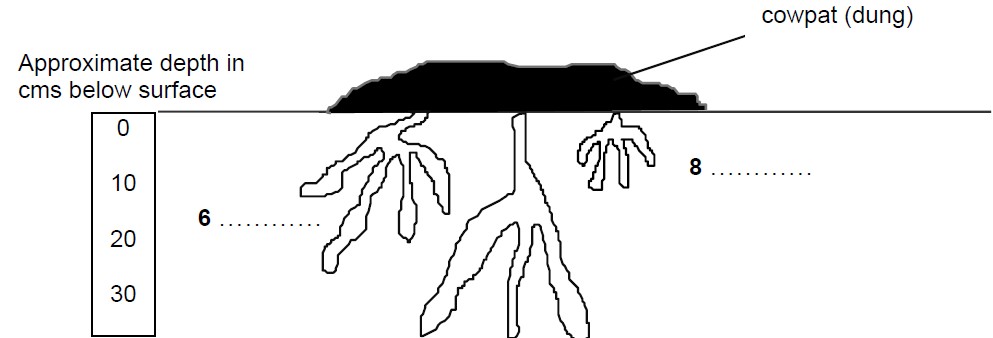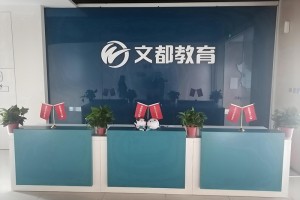雅思考生学术类阅读样本
雅思考生学术类阅读样本
学术阅读测试是60分钟长。
文本为学术阅读测试从图书、期刊、杂志和报纸。
使用多种问题,选择从以下类型:多种选择,识别信息,识别的作家的观点/索赔、匹配的信息,匹配标题,匹配特征,符合句子结尾,句子完成,总结完成,注意完成,表完成,集成完成,图标签完成,short-answer问题。
Academic Reading sample task – Diagram label completion
[Note: This is an extract from an Academic Reading passage on the subject of dung beetles. The text preceding this extract gave some background facts about dung beetles, and went on to describe a decision to introduce non-native varieties to Australia.]
Introducing dung1 beetles into a pasture is a simple process: approximately 1,500 beetles are released, a handful at a time, into fresh cow pats2 in the cow pasture. The beetles immediately disappear beneath the pats digging and tunnelling and, if they successfully adapt to their new environment, soon become a permanent, self-sustaining part of the local ecology. In time they multiply and within three or four years the benefits to the pasture are obvious.
Dung beetles work from the inside of the pat so they are sheltered from predators such as birds and foxes. Most species burrow into the soil and bury dung in tunnels directly underneath the pats, which are hollowed out from within. Some large species originating from France excavate tunnels to a depth of approximately 30 cm below the dung pat. These beetles make sausage-shaped brood chambers along the tunnels. The shallowest tunnels belong to a much smaller Spanish species that buries dung in chambers that hang like fruit from the branches of a pear tree. South African beetles dig narrow tunnels of approximately 20 cm below the surface of the pat. Some surface-dwelling beetles, including a South African species, cut perfectly-shaped balls from the pat, which are rolled away and attached to the bases of plants.
For maximum dung burial in spring, summer and autumn, farmers require a variety of species with overlapping periods of activity. In the cooler environments of the state of Victoria, the large French species (2.5 cms long), is matched with smaller (half this size), temperate-climate Spanish species. The former are slow to recover from the winter cold and produce only one or two generations of offspring from late spring until autumn. The latter, which multiply rapidly in early spring, produce two to five generations annually. The South African ball-rolling species, being a sub-tropical beetle, prefers the climate of northern and coastal New South Wales where it commonly works with the South African tunneling species. In warmer climates, many species are active for longer periods of the year.
Glossary
1. dung: the droppings or excreta of animals
2. cow pats: droppings of cows
Academic Reading sample task – Diagram label completion
Questions 6 – 8
Label the tunnels on the diagram below using words from the box.
Write your answers in boxes 6-8 on your answer sheet.


以上就是雅思考生学术类阅读样本的全部内容,希望对学员有所帮助。
更多关注:合肥英语培训学校,英语培训
合肥新东方有哪些优势
多种特色课程任您选择
全国校区分布
A安阳
B北京保定包头宝鸡
C承德沧州长春常州长沙重庆成都
D大连东莞
F阜阳福州佛山
G广州贵阳
H邯郸衡水呼和浩特哈尔滨淮安杭州湖州合肥鹤壁黄石惠州海口
J锦州吉林嘉兴金华九江济南济宁焦作荆州
K开封昆明
L廊坊连云港洛阳兰州
M绵阳
N南京南通宁波南昌南阳南宁
Q秦皇岛泉州青岛
S石家庄沈阳上海苏州绍兴三门峡商丘十堰深圳
T天津唐山太原泰州台州泰安
W无锡温州芜湖潍坊武汉万州渭南乌鲁木齐
X邢台徐州厦门新乡许昌信阳襄阳湘潭西安咸阳西宁
Y盐城扬州烟台宜昌永川银川
Z镇江漳州郑州周口驻马店株洲珠海中山
- 电话:400-0808-102
- 点击在线客服


























